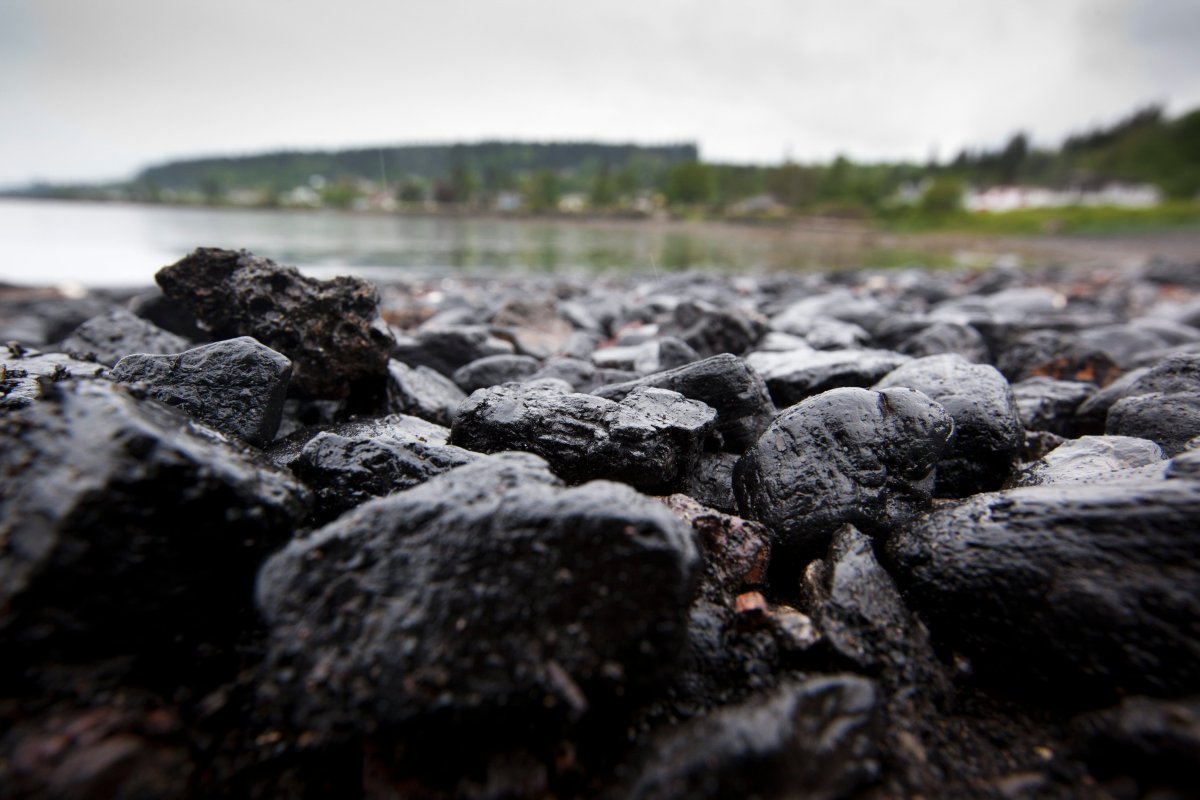The expanding coal industry in B.C. is a classic battle between economic benefits and environmental concerns.

With 10 existing coal mines in B.C. and eight proposed mining projects, the debate is not going away anytime soon. So, health officials and local governments are working with mining companies to provide more information to the public on air and water pollution and existing safeguards.
The Surrey Fraser Docks coal port proposal is at the forefront of the growing debate.
According to the Fraser Health Authority, there is growing concern that the project will create pollution that can negatively impact the health of people who live in areas surrounding the coal port and proposed transport routes.
Air pollution and water contamination are the main concerns of those residents who oppose coal in their communities.
However, this pollution can be mitigated by new technologies that lessen the environmental impact, and B.C. is leading the way in safe mining practices, according to environmental scientist Tom Watson.
The dangers of coal dust and air pollution
- B.C. to ban drug use in all public places in major overhaul of decriminalization
- 3 women diagnosed with HIV after ‘vampire facials’ at unlicensed U.S. spa
- Solar eclipse eye damage: More than 160 cases reported in Ontario, Quebec
- ‘Super lice’ are becoming more resistant to chemical shampoos. What to use instead
While coal dust has been known to cause health problems in miners, less is known about the effects of it being released into the atmosphere through the process of transporting it by train, truck and barge.
Chief medical health officer for Fraser Health Dr. Paul Van Buynder spoke at a town hall meeting in May about the proposed port.
Buynder said there is significant community concern about the proposal, which would bring eight million tonnes of coal by train through the communities of South Surrey, White Rock, Surrey, New Westminster and Burnaby. The coal would then travel uncovered by barge uncovered from the Fraser Surrey Docks through the Fraser River to Texada Island.
Buynder is recommending a comprehensive health impact assessment to determine the impacts of airborne dust, potential contamination of air, land, food and fish harvested from contaminated waters. The assessment will also look at diesel exhaust impacts, the effects of increased railway traffic on access to emergency care and noise pollution.
Watson notes that while studies have shown that children miss more school due to illness in mining communities, there isn’t a clear causal relationship between coal production facilities and health impacts in adjacent communities.
He said that wind-blown dust is usually heavier particles of coal dust that are not the same fine particulates that cause black lung.
Water contamination
Coal mining can also cause contamination of groundwater and nearby streams, rivers and oceans, which can have detrimental health effects. Many harmful toxins can be found in the waste water from coal mines, including heavy metals and toxic elements. The deterioration of water quality can also poison food sources and surface waters may be rendered unfit for agriculture, human consumption, bathing or other household uses.
John Snyder, president of Coal Watch Comox Valley Society, said that residents are greatly concerned about the proposed Raven Coal Mine, one of 10 new coal mines slated for B.C.
The proposed Raven mine would remove 44 million tonnes of coal over 20 years, but opponents are concerned about the contamination of drinking water, loss of salmon habitat and threat to the $28 million shellfish industry in nearby Baynes Sound.
“We don’t think there’s been adequate testing thus far by the proponent,” Snyder said. “Most of the people in our community are serviced by private wells or community wells and we’re really concerned with the quantity and then of course the quality of water and whether it’s going to be contaminated.”
In Elk Valley, where Teck Coal has five coal mines, that fear has already come true.
In April, B.C.’s Ministry of Environment ordered the company to submit a plan to address the high levels of selenium and other contaminants found in the Elk Valley watershed as a result of decades of coal mining activity.
A study, commissioned by Glacier National Park, found selenium levels were 10 times higher in the Elk River compared to the neighbouring Flathead River basin.
The ministerial order defines specific environmental objectives, “such as protection of aquatic ecosystems, protection of human health and protection of groundwater.”
To mitigate water contamination, coal mines must monitor water and use technologies to control water flow.
These systems include diverting waste water, containment ponds, groundwater pumping, subsurface drainage and barriers.
A spokesperson for Teck Resources, the parent company of Teck Coal, said the company plans to spend $600 million over the next five years to construct six water treatment facilities in Elk Valley, in addition to ongoing aquatic monitoring and research.
Teck spokesperson Chris Stannell claims the selenium in the river is below levels that would affect fish populations and is not a human health concern.
Excessive selenium can cause deformities in fish, frogs and water birds and human health problems if found in drinking water, according to the World Health Organization.
However, Teck said the drinking water in the area is not affected. The company will begin to treat the water next year.
“Our first water treatment facility is under construction now at our Line Creek Operations near Sparwood and will be operational in 2014,” Stannell said.
Learn more from our in-depth coverage of the coal debate in B.C.





Comments